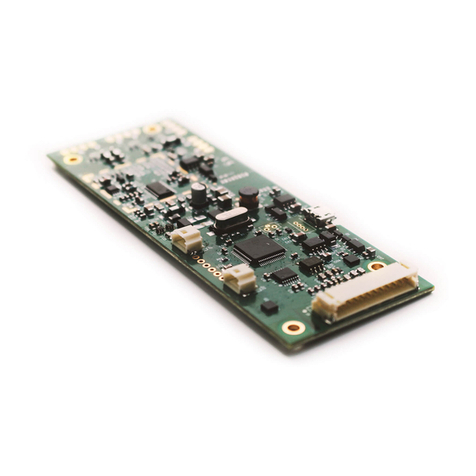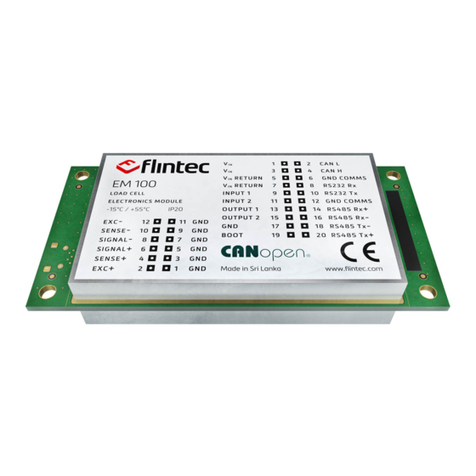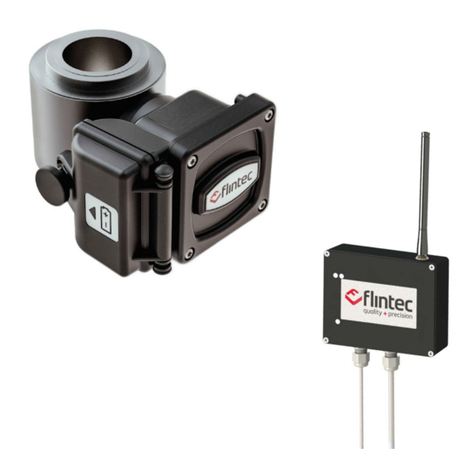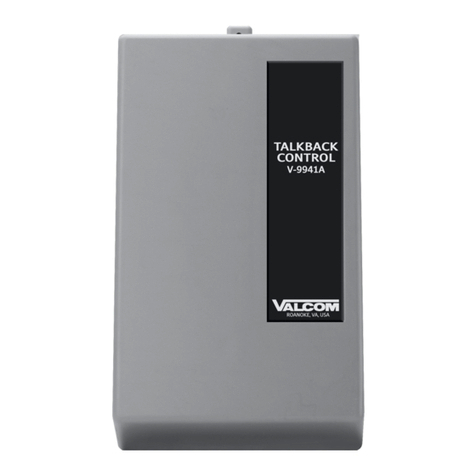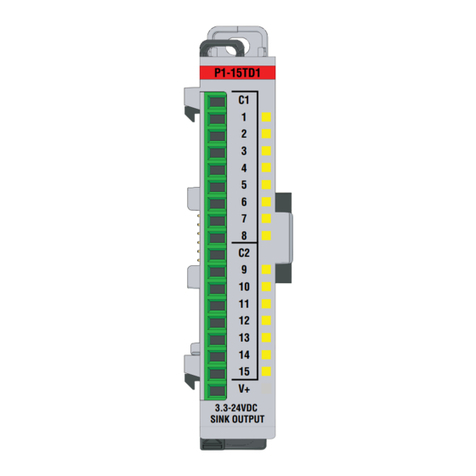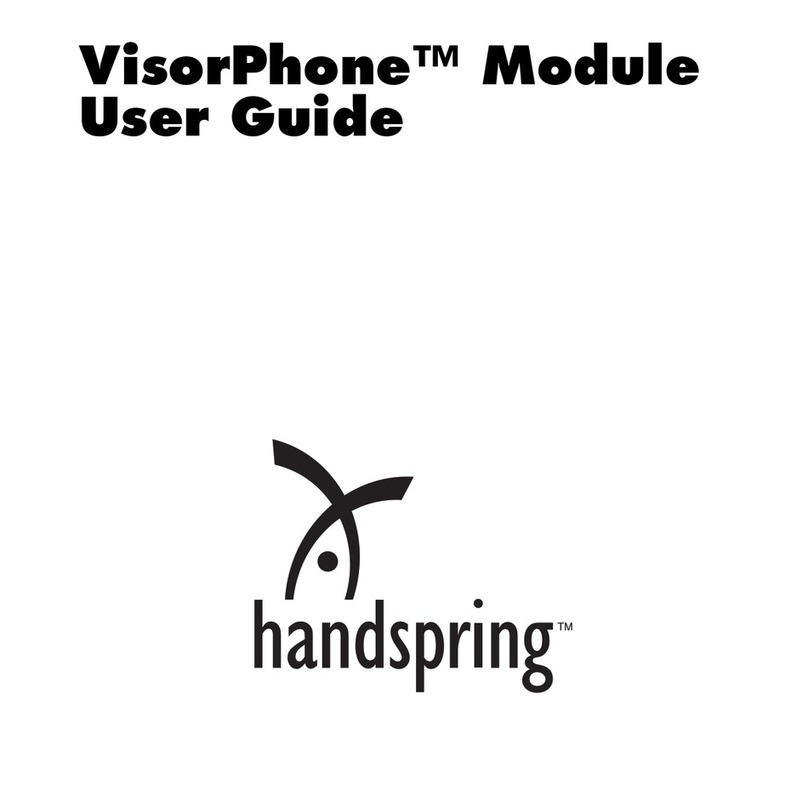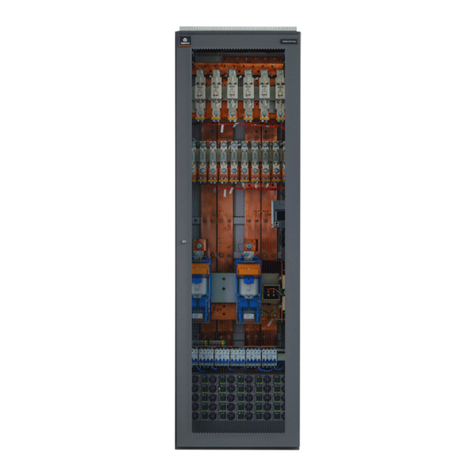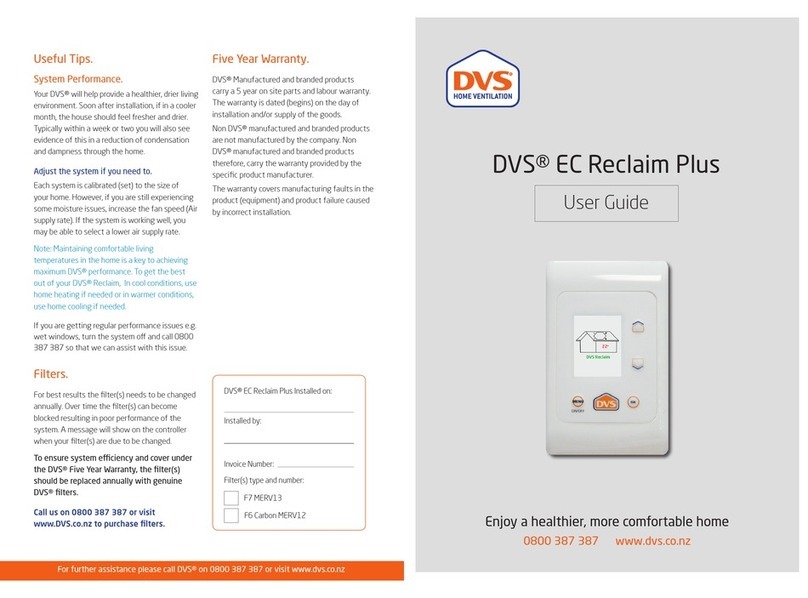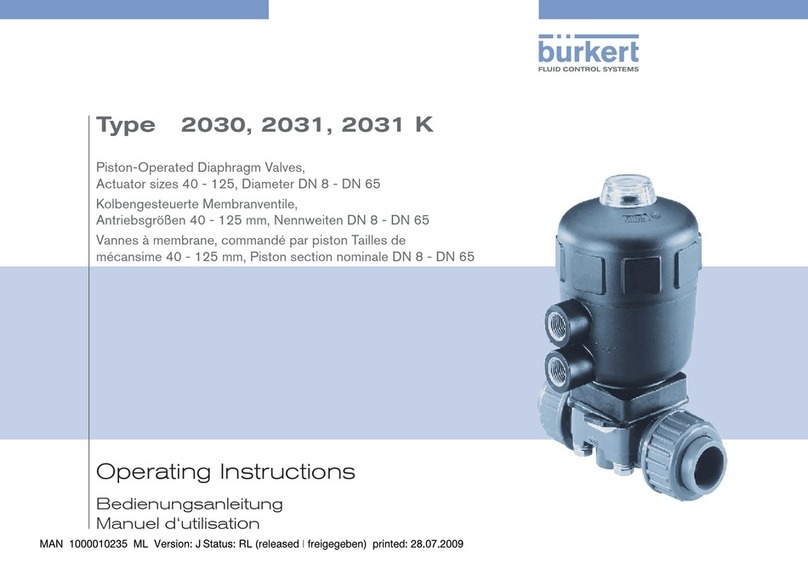Flintec CC1W-30klb User manual

V1.2 – ISSUED 17 AUG 2020 Page 1 of 22 DOC No. 0095771
User
Manual
CC1W-30/50klb

User Manual - CC1W
V1.2 – ISSUED 17 AUG 2020 Page 2 of 22 DOC No. 0095771
Table of Contents
1. Product Description ..............................................................................................................................3
2. Mounting Instructions...........................................................................................................................4
2.1 Base Unit .........................................................................................................................................4
2.2 Antenna Recommendations ............................................................................................................6
2.3 Remote Unit (Wireless Loadcell).....................................................................................................9
2.4 Battery Installation.........................................................................................................................10
3. Equipment Maintenance .....................................................................................................................11
3.1
Battery Replacement
......................................................................................................................11
4. Operation..............................................................................................................................................12
4.1
Base Unit Wireless Channel Selection (if needed)
.........................................................................13
5. Technical Specification.......................................................................................................................14
6. Markings ...............................................................................................................................................15
7. Product Dimensions............................................................................................................................16
8. Safety Information ...............................................................................................................................18

User Manual - CC1W
V1.2 – ISSUED 17 AUG 2020 Page 3 of 22 DOC No. 0095771
1. Product Description
The CC1W is a wireless version of our CC1 pump off control load cell. The CC1W utilizes
the same proven design attributes as the CC1. This includes a stainless steel body, hermetic
sealing, with fatigue rating. The CC1W transmits polished rod load wirelessly, which solves
the industry wide problem of cable failures. After months of development in the field, working
hand in hand with end users, our design addresses the most demanding concerns raised.
The CC1W technology sets our product apart from other wireless products currently available
inthemarket. The primaryadvantage webring isextremelylowpowerconsumption. Despite
the low power consumption, the product can deliver a continuous flow of data, high signal
strength and longbattery life. We also offer position sensing capability which is synchronized
with the load measurement. This eliminates the need for hall effect sensors or inclinometers
and the costly maintenance associated with each. The wireless enclosure also incorporates
an independent compartment for both the wireless technology and the battery. This allows
for easy, single handed access to the battery for replacement in the field. We specified a
pre-wired “D cell” battery that is inexpensive and commercially available worldwide.
•Continuous flow of data: 100 readings per second
•Low power consumption: 12-18 month battery life
•High signal strength: >=+12dBm, 30-300 meter transmission
•HazLoc approved: UL rated for Class 1, Division 1 environments (see label for full
approval)
•On-board position: +/-2% accuracy
•Security: Proprietary wireless transmission protocol
•Ease of use: independent battery access, commercially available battery
•Weatherproof: IP67 rating, rated for use in -70°F to 175°F (-55°C to 80°C)
Parts in the box:
•Base unit (receiver)
•Base antenna & 12ft extension cable
•Magnetic cable clamps (4pcs) for extension cable
•Loadcell with transmitter (CC1W)
•Lithium battery (Included)
•U-bolt assembly for mounting the base unit/receiver to a pole
•User manual
Accessories (Sold separately):
•P/N 53-003004 - OD-73mm [2-7/8”], ID-39.7mm [1-9/16”], H-14mm [0.56”] Stainless Steel Spherical Washers
•P/N 53-003301 - OD-73mm [2-7/8”], ID-39.7mm [1-9/16”], H-14mm [0.56”] Black oxide Spherical Washers
•P/N 52-0091955 - OD-88.6mm [3.49”] and ID-42.4mm [1.67”], H-19mm [3/4”] Nickel Plated Load Spacer
•P/N 52-0089758 – DIN Rail Assembly for mounting the Base

User Manual - CC1W
V1.2 – ISSUED 17 AUG 2020 Page 4 of 22 DOC No. 0095771
2. Mounting Instructions
IMPORTANT
The employees responsible for the equipment installation and verification must take into
consideration all the actions concerning this subject specified in IEC 60079-14:2013 ed.
5.0 (electrical installations design, selection and erection) standard. In addition to
general specifications associated with any system installed in hazardous locations,
special attention should be paid for specific requirements regarding essential safety.
2.1 Base Unit
The base unit comes with a magnet to the rear for easy mounting to a metal surface,
inside or outside the pump controller cabinet. Base mounts outside the hazardous area is
not intended to meet the hazardous location safety standards.

User Manual - CC1W
V1.2 – ISSUED 17 AUG 2020 Page 5 of 22 DOC No. 0095771
Base Unit
Where there is no metallic surface to make use of the base units magnet, brackets,
plates or other types of support can be used to suitably fasten the base to any
structure.
IMPORTANT In order to achieve the best performance the antenna attached to the top
right corner of the base unit must be perpendicular/horizontal to the polished rod, as
shown in the above images.
You may optionally use an extension cable to mount the antenna. Make sure RF filter
connected directly to the base unit.
DIN rail mount
Pole mount with u-bolt assembly

User Manual - CC1W
V1.2 – ISSUED 17 AUG 2020 Page 6 of 22 DOC No. 0095771
2.2 Antenna Recommendations
Omni Directional Antenna
CC1W base unit is equipped with
an Omni-directional antenna in
order to provide the widest possible
signal coverage.
RP-SMA Connector (female)
The antenna is provided with a
threaded, weatherproof, RP-SMA
female connector. This connector
must be properly tightened to the
male connector on the enclosure.
Vertical Alignment
Perpendicular/horizontal alignment
of the antenna, relative to the
polished rod, is essential.
Line-of-sight
Is important to ensure line of sight
to the load cell is not compromised
by obstacles. The base unit should
be mounted in such a way as to
minimize obstacle interference.
Note: Fresnel Zone (the area
around the visual line-of-sight that
radio waves spread out into after
they leave the antenna) must be
as clear as possible. Obstacles
may weaken signal strength.
Antenna Height
The base unit antenna can be
positioned flexibly using the
antenna extension cable.
Mounting the antenna at a higher
position to the base unit may help
to achieve a cleaner line of sight.
Note: The use of the antenna
extension cable should not result in
the line of sight being
compromised. The antenna should
only be extended higher than the
base unit, it should not be
positioned close to the ground.

User Manual - CC1W
V1.2 – ISSUED 17 AUG 2020 Page 7 of 22 DOC No. 0095771
Enclosure Mounting

User Manual - CC1W
V1.2 – ISSUED 17 AUG 2020 Page 8 of 22 DOC No. 0095771
SIGNAL CABLE
COLOR CODE
RED Excitation + / Vref +
GREEN mV/V Signal + / mA +
WHITE mV/V Signal - / mA -
BLACK Excitation - / Vref -
YELLOW Shield (NC)
GRAY Optional analog
VIOLET Ground
POWER CABLE
COLOR CODE
BLACK Ground
YELLOW Shield
RED 12 to 24VDC
WARNING: Insulate unused leads to prevent shorting.

User Manual - CC1W
V1.2 – ISSUED 17 AUG 2020 Page 9 of 22 DOC No. 0095771
2.3 Remote Unit (Wireless Loadcell)
CC1W is mounted in the same way as other polished rod load cells. No special
mounting procedure is required.
IMPORTANT
Position the remote unit (plastic enclosure at front of load cell) so that the best
possible line of sight is achieved.

User Manual - CC1W
V1.2 – ISSUED 17 AUG 2020 Page 10 of 22 DOC No. 0095771
2.4 Battery Installation
The CC1W is powered by a battery, positioned within the battery enclosure. Damaged or wet
batteries MUST NOT be fitted. Damaged or wet batteries must be discarded and replaced.
WARNING: The CC1W is certified for use with TADIRAN TL-5930/F. Make sure the
battery cable tucks cleanly inside the compartment to prevent damage when the battery
enclosure door is closed.

User Manual - CC1W
V1.2 – ISSUED 17 AUG 2020 Page 11 of 22 DOC No. 0095771
3. Equipment Maintenance
The only live maintenance permitted for this product is replacement of the battery pack which
must be done in non-hazardous areas.
Repair is not permitted / la réparation n'est pas autorisée
Health and safety standards in the workplace must be strictly observed for all personnel
conducting maintenance tasks.
This manual must be read and carefully kept. The manual should be referenced before
conducting any fitment or maintenance task.
3.1 Battery Replacement
The CC1W is powered by a TADIRAN – TL-5930/F D cell battery.
To replace:
1. Open up the battery compartment loosening the battery door knob (see section 2.4).
2. Unplug the battery connector from housing.
3. Take the battery out.
4. Replace the battery with the new one (ensuring the new battery is not wet or damaged)
5. Close the door and lock with the door knob (see section 2.4 on this manual)
WARNING: Do not replace battery when an explosive atmosphere is
present
IMPORTANT
Please refer to battery manufacturer, TADIRAN’s guidelines (LTN0111), for disposal
of Lithium batteries.

User Manual - CC1W
V1.2 – ISSUED 17 AUG 2020 Page 12 of 22 DOC No. 0095771
4. Operation
1. Disconnect or turn off power to the base unit.
2. Ensure the base antenna connected with RF filter. RF filter always mounted on the
base as shown on pictures.
The remote’s antenna is installed by the manufacturer; to preserve safety
certifications, it is not intended to be removed.
3. Ensure the manufacturer-supplied battery is connected to the remote unit.
4. The remote unit’s indicator LED, if viewable, will flash about twice per second.
5. Connect or turn on power to the base unit.
6. The base and remote will connect on the last-used radio channel in about a
second.
7. If the base unit is set to use an alternate channel, it will switch the load cell to that
channel. This only takes a few seconds.
8. Normal operation begins.
A reconstructed version of the mV/V nominal load cell output will appear at the
base output (for mA variant this is a 4-20mA current loop).
9. As shown on section 4.1 on this manual, if radio interference occurs, an alternate
channel may be selected.
Caution! To preserve safety certifications, do not attempt to remove the remote
from its housing in order to view the LED.

User Manual - CC1W
V1.2 – ISSUED 17 AUG 2020 Page 13 of 22 DOC No. 0095771
4.1
Base Unit Wireless Channel Selection (if needed)
Remove the base top cover. Unscrew the 4 Phillips head screws attached to the flat base
cover with the proper tool (manual Phillips screwdriver).
WARNING: Gently lift the cover to prevent damage to the 3 LED light
tubes attached to the cover.

User Manual - CC1W
V1.2 – ISSUED 17 AUG 2020 Page 14 of 22 DOC No. 0095771
5. Technical Specification
Standard Specifications
lbf
30k, 50k
Rated Output
mV/V
2.00 ± 0.5%
mA (available)
4-20
Rated Position Output
% FS (Stroke)
± 2
Nonlinearity
% FS
± 0.25
Hysteresis
% FS
± 0.25
Non-Repeatability
% RO
± 0.1
Static Error Band
% FS Max
± 0.5
Temperature
Compensated Temperature Range
°F (°C)
-14 to 150 (-25 to 65)
Safe Operating Temperature
Range
°F (°C)
-70 to 175 (-55 to 80)
Temperature Effect on Zero
% RO/°F Max
± 0.0075
Temperature Effect on Output
%RO/°F Max
± 0.005
Zero Balance
% RO Max
± 1
Safe, Axial Load
% Capacity Max
200
Deflection at Capacity
inch Nom
0.005
Weight, Remote Unit
lb. nom
4.2
Fatigue Rating
(Compression)
Min Cycles
@Capacity
50,000,000
Shock Rating
g
Up to 500
Vibration Rating
MIL-STD-810G
514.6; 516.6
Sensor Element
17-4 PH Stainless Steel
Protection according
EN60529
IP67 or higher
Electronics
Remote and Base
Transceiver Units Matched
Mac ID
(32bit) Specific; no external
connection - Paired unit
Data Rate
Readings/Sec
100
Radio Frequency
GHz
2.405 to 2.470
Radio Channels
Selectable (*)
14
Telemetry Range
Feet (Meters) (*)
100 - 1000 (30-300)
RF Power Output - Remote
Unit
dBm (*)
Min = 13.0dBm, Max = 15.5dBm
RF Power Output - Base Unit
dBm (*)
Min = 16.0dBm, Max = 17dBm
Battery Life
Min @ 100 rps (**)
12 - 18 months
Battery Type
Remote Battery
(TL-5930/F) Lithium D Cell, 3.6VDC,
19Ah
Housing Material
Grivory GV-5H (Glass reinforced
plastic)
Base Unit
Power Supply
VDC, mA
12 - 24; Min. 250mA
Virtual Excitation (External Ref)
VDC
4.8-10.1 (Ref 5 ± 0.05)
Virtual Bridge Resistance
Ω
700
Housing Material
Die-cast Aluminium
(*) 2-3dBm; Telemetry range will change according to site RF Channel Settings
(**) Battery Life changes as per RF output; latency; Temp; antenna distances etc. Refer to Manufacturer for details.

User Manual - CC1W
V1.2 – ISSUED 17 AUG 2020 Page 15 of 22 DOC No. 0095771
6. Markings
Remote unit (transmitter)
Equipment Group II - All areas except mines
Equipment category and environment 1 G - Gas, vapor, mist
Explosion protection Ex - Conformity with some of the IECs protection
modes
Protection type ia - Intrinsic security “ia” protection mode
than mines. Gases groups
Temperature class T4 - Max surface temp 135°C (275°F)
Equipment Protection Level (EPL) Ga - Gas atmospheres. Very high level of
protection
Base Unit (receiver)
Ordinary Location Markings
-Maximum Operating Temperature: 80°C accordingly.
-Maximum Humidity: 95 % without moisture condensation.
-If the equipment is used in a manner not specified by the manufacturer, the
protection provided by the equipment may be impaired.
-Maximum Altitude: 2000 Meters
Label
Label

User Manual - CC1W
V1.2 – ISSUED 17 AUG 2020 Page 16 of 22 DOC No. 0095771
7. Product Dimensions
Remote unit (dimensions in )
[inches]
mm

User Manual - CC1W
V1.2 – ISSUED 17 AUG 2020 Page 17 of 22 DOC No. 0095771
Base unit (receiver)

User Manual - CC1W
V1.2 – ISSUED 17 AUG 2020 Page 18 of 22 DOC No. 0095771
8. Safety Information
Intended Usage
Operating temperatures cannot exceed 80°C or -55°C. Operation of the CC1W outside of
the defined temperatures will result in none compliance of awarded safety certification.
Avoid placement of the CCW1 radio device in areas of heating or cooling sources.
The CC1W system works as a wireless network. Component positioning is essential to
ensuring correct operation. The load cell and base unit should be positioned as closely
together as possible. The line of sight should be free of obstacles and positioned away
from electrical noise sources to limit interference.
Lithium Batteries
The CC1W is powered by a Lithium battery (single). Special care must be taken in order
to prevent damage to the battery. The battery is composed of a single Lithium-Thionyl
Chloride (Li-SOCl2) cell connected with an extension cable.
Do not apply pressure that may deform the battery.
Do not use the battery if there are signs of swelling.
Remove immediately.
Do not direct heat to the battery
or solder.
Work areas should be free of sharp objects that could damage the insulating
material.
Use only TADIRAN TL-5930/F Batteries
WARNING: Do not replace battery when an explosive atmosphere is present
Maintenance Safety
Product maintenance must be performed by a suitably trained, competent, person.
Standard safety protocols must be adhered to when working with the CC1W system.

User Manual - CC1W
V1.2 – ISSUED 17 AUG 2020 Page 19 of 22 DOC No. 0095771
X Mark Conditions
The capacitance of exposed isolated metal parts was found to be 53.9 pF.
Static discharge - It is recommended that fitment and maintenance be carried out in
electrostatic clothing, whilst wearing gloves and using insulating objects/tools.
Cleaning should be carried out with a damp cloth. Contamination on non-metallic parts
can cause electrostatic charges, especially at low humidity or dry conditions. Special
care must be taken to avoid places or areas where airflows occur.

User Manual - CC1W
V1.2 – ISSUED 17 AUG 2020 Page 20 of 22 DOC No. 0095771
FCC Certification Statement
Note: This equipment has been tested and found to comply with the limits for a Class A
digital device, pursuant to part 15 of the FCC Rules. These limits are designed to provide
reasonable protection against harmful interference when the equipment is operated in a
commercial environment. This equipment generates, uses, and can radiate radio
frequency energy and, if not installed and used in accordance with the instruction manual,
may cause harmful interference to radio communications. Operation of this equipment in
a residential area is likely to cause harmful interference in which case the user will be
required to correct the interference at his own expense.
Changes or modifications not expressly approved by the party responsible for compliance
could void the user's authority to operate the equipment.
This device complies with part 15 of the FCC Rules. Operation is subject to the following
two conditions: (1) This device may not cause harmful interference, and (2) this device
must accept any interference received, including interference that may cause undesired
operation.
This device has been designed to operate with the antenna(s) listed below, having a
maximum gain of +3.2dBi. Antennas not included in this list or having a gain greater than
+3.2dBi are strictly prohibited for use with this device. The required antenna impedance
is 50 ohms.
Base Unit: FCC ID: 2AUSA-CC1WRB
Permitted Antennas
•Linx ANT-2.4-CW-HW, maximum gain of +3.2dBi
•Linx ANT-2.4-CW-HW-T, maximum gain of +3.2dBi
•Linx ANT-2.4-CW-HWR-RPS, maximum gain of +3.2dBi
•Linx ANT-2.4-CW-RCS, maximum gain of -0.2dBi
Remote Unit: FCC ID: 2AUSA-CC1WRR
Permitted Antennas
•Yageo ANTX100P112B24553, maximum gain of +2.2dBi
•Molex 1461870150, maximum gain of +3.0dBi
Other manuals for CC1W-30klb
1
This manual suits for next models
1
Table of contents
Other Flintec Control Unit manuals
Popular Control Unit manuals by other brands
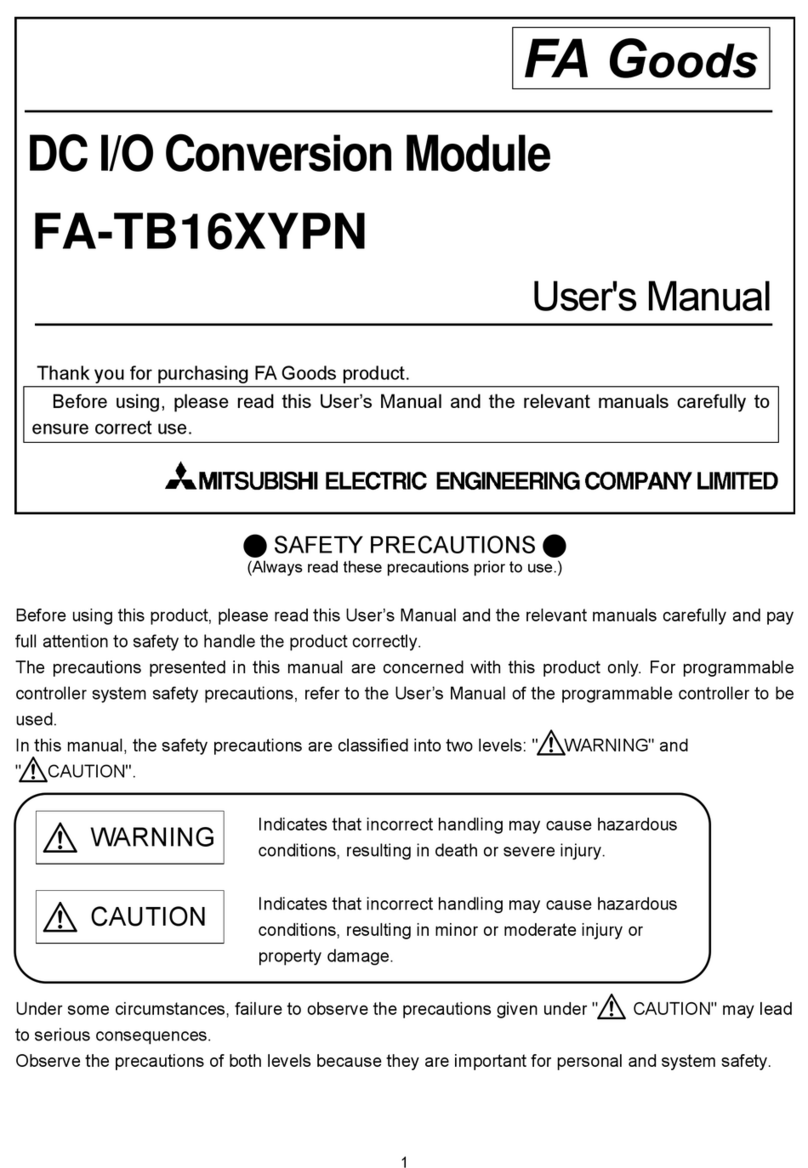
FA goods
FA goods FA-TB16XYPN user manual
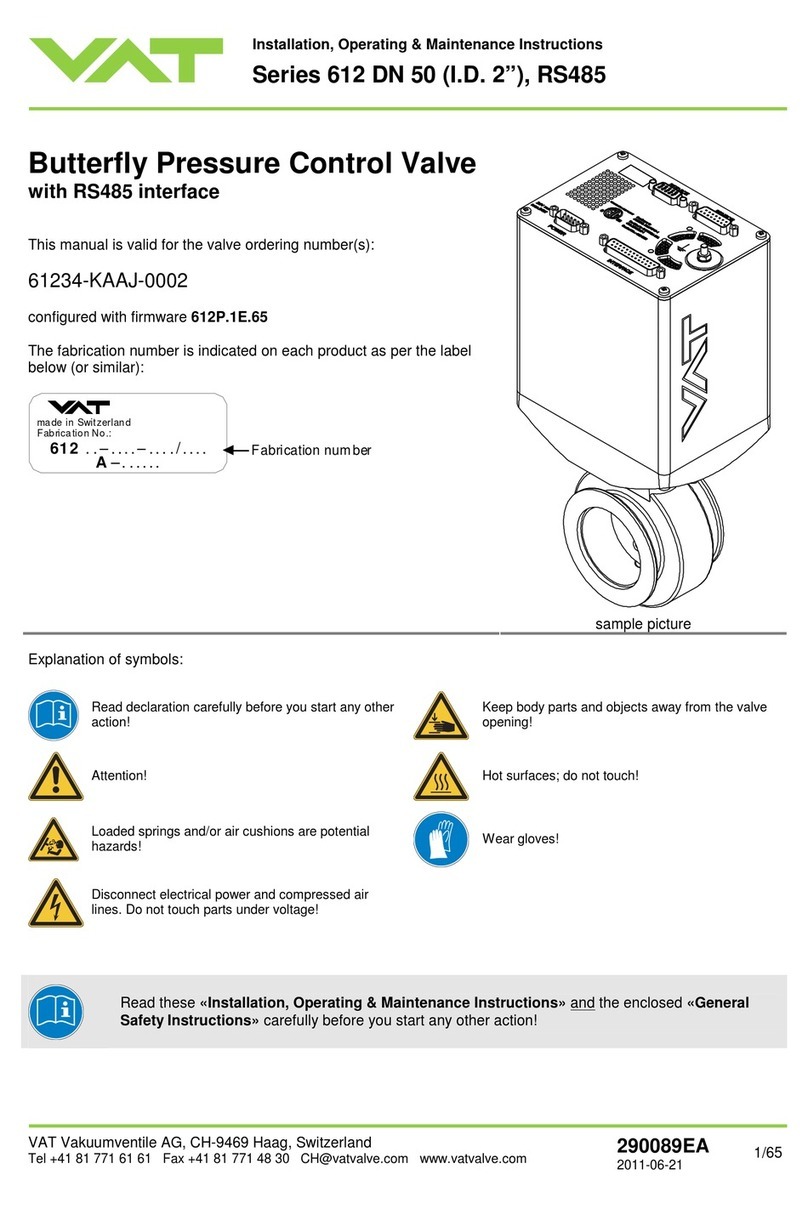
VAT
VAT 612 Series Installation, operating, & maintenance instructions
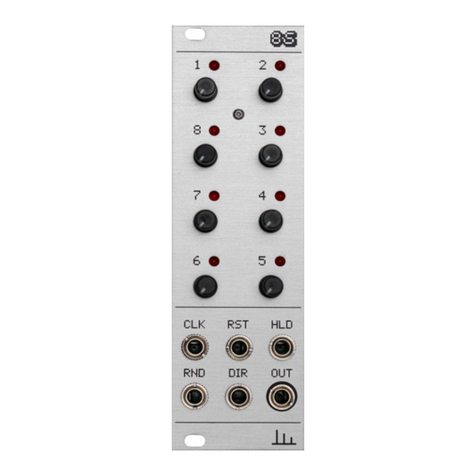
Transient Modules
Transient Modules 8S DIY Build Manual
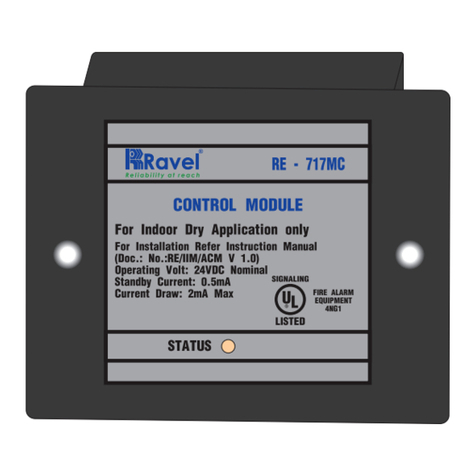
Ravel
Ravel RE-717MC Installation and maintenance instructions
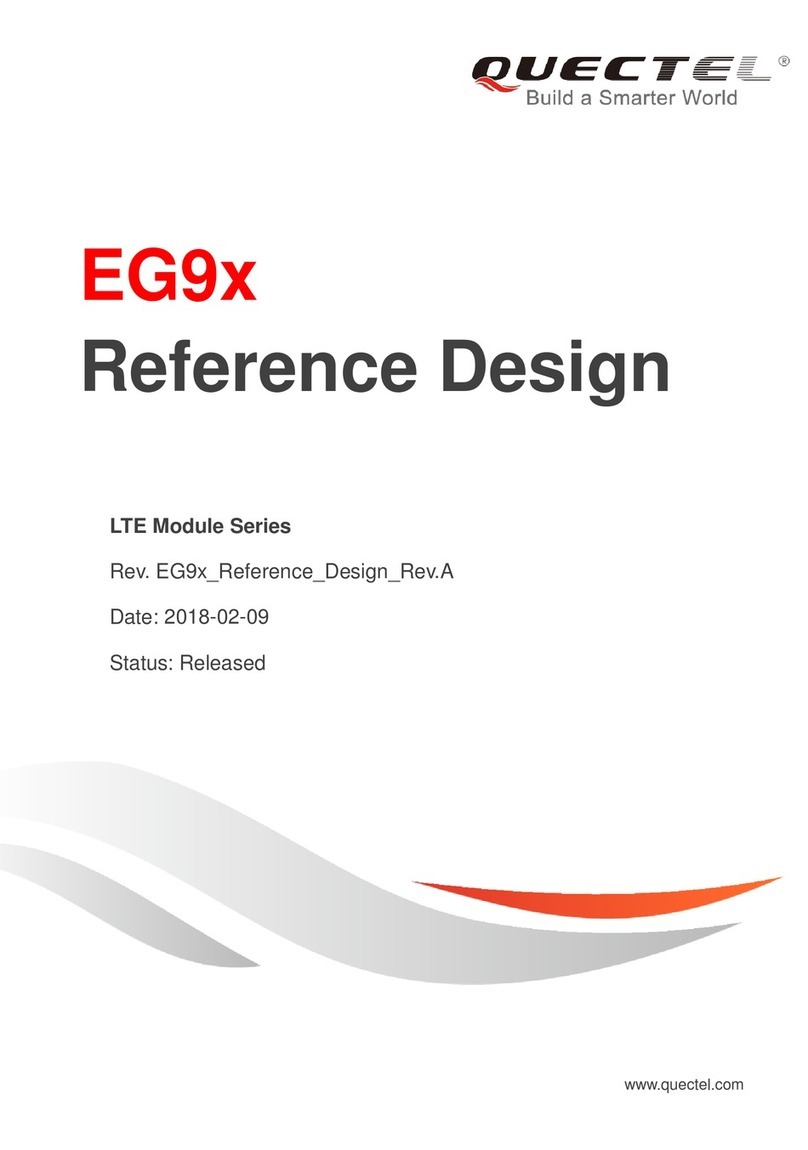
Quectel
Quectel EG9 Series Reference design

Yoshitake
Yoshitake GD-28S-NE product manual
